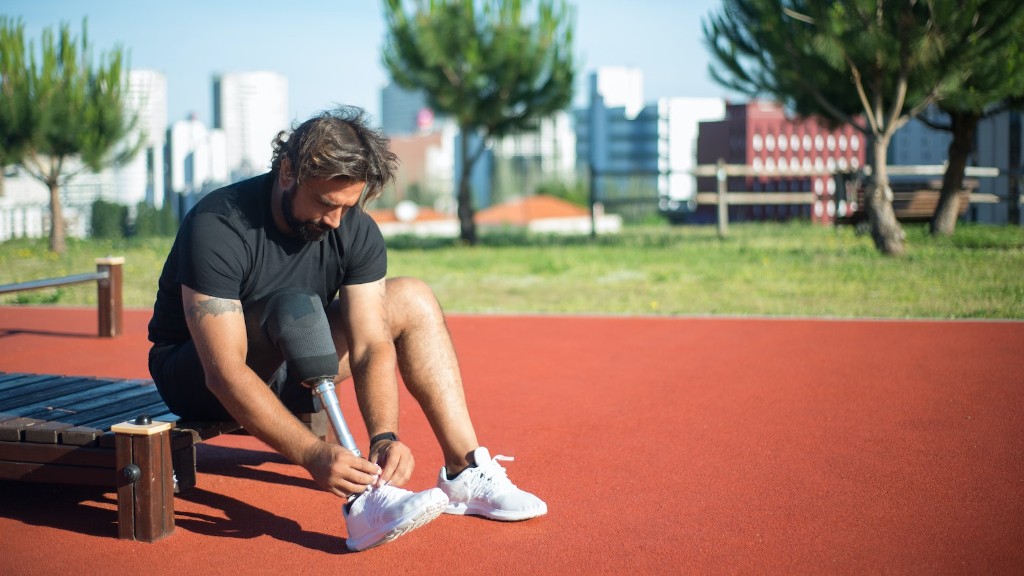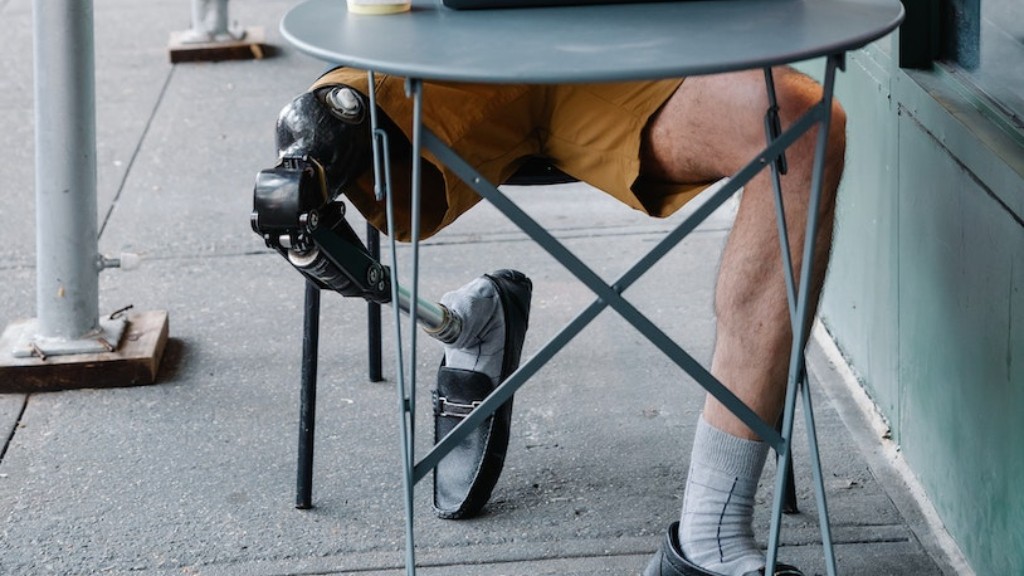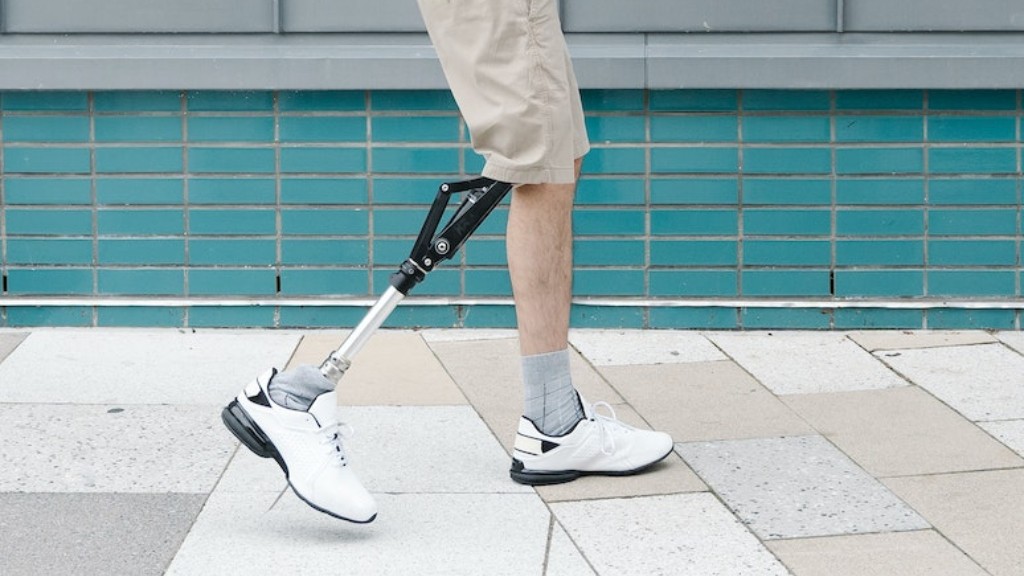What Antibiotics Can be Used for Prosthetic Joint Infection
In recent years, prosthetic joint infections (PJI) have become a significant concern in orthopedic surgery. PJI is associated with considerable morbidity and can lead to implant failure and the need for revision surgery. Effective treatment of PJI is crucial to minimize patient suffering and improve outcomes. One key aspect of treatment is the selection of appropriate antibiotics. In this article, we will explore the various antibiotics that can be used to treat prosthetic joint infection, considering both their positive and negative implications.
The Role of Antibiotics in Prosthetic Joint Infection Treatment
Prosthetic joint infection is a challenging condition to treat due to the presence of biofilms on the implant surface, which protect bacteria from the host’s immune response and render them less susceptible to antibiotics. The goal of antibiotic therapy is to eradicate the infection and prevent recurrence.
Empirical antibiotic therapy is typically initiated before culture results are available. The choice of antibiotics depends on the suspected pathogens, the patient’s previous antibiotic exposure, and local resistance patterns.
Commonly Used Antibiotics for Prosthetic Joint Infection
1. Vancomycin: Vancomycin is a glycopeptide antibiotic that has activity against both gram-positive cocci and methicillin-resistant Staphylococcus aureus (MRSA). It is commonly used in empirical therapy for PJI due to its broad-spectrum activity. However, concerns regarding the development of vancomycin-resistant bacteria have led to cautious use in recent years.
2. Cefazolin: Cefazolin is a first-generation cephalosporin with excellent activity against gram-positive cocci. It is commonly used for empirical therapy in patients without a history of MRSA colonization or infection. However, its activity against gram-negative organisms is limited, and it may not be effective in certain cases.
3. Rifampin: Rifampin is often used in combination with other antibiotics as it has excellent activity against biofilm-forming bacteria. It exhibits bactericidal activity against staphylococci and can penetrate the biofilm matrix to target pathogens within. However, its use as monotherapy is not recommended due to the rapid development of resistance.
4. Fluoroquinolones: Fluoroquinolones, such as ciprofloxacin, have good penetration into bone tissue and synovial fluid. They exhibit broad-spectrum activity against gram-negative organisms and some gram-positive cocci. However, their use is limited by concerns regarding the development of resistance and their association with tendon rupture and other serious adverse effects.
The Role of Combination Therapy
Combination therapy, usually including rifampin and another antibiotic, is often employed in the treatment of prosthetic joint infection. This approach aims to target different bacterial populations and prevent the development of antibiotic resistance. Rifampin, with its unique ability to penetrate biofilms, is frequently combined with another antibiotic such as a fluoroquinolone or glycopeptides.
Furthermore, surgical intervention, including debridement and implant exchange or retention, is typically necessary for the successful treatment of PJI. Antibiotics are used in conjunction with surgical procedures to achieve a favorable outcome.
Advances in Antibiotic Treatment of Prosthetic Joint Infection
Antibiotic-loaded bone cement has shown promise in the treatment of PJI. This technique involves using antibiotic-impregnated cement during the implantation of the prosthesis, delivering high concentrations of antibiotics directly to the infection site. This approach helps to overcome the challenges posed by biofilm formation and can be advantageous in preventing infection recurrence.
Molecular diagnostic techniques that identify specific pathogens and their antibiotic susceptibilities are also emerging as valuable tools in the management of prosthetic joint infection. These techniques allow for targeted antibiotic therapy and may help optimize treatment outcomes.
Conclusion
Prosthetic joint infection is a complex condition that requires a multidisciplinary approach for effective treatment. Antibiotics play a vital role in eradicating the infection and preventing recurrence. While several antibiotics show promise in treating PJI, there are limitations and concerns associated with their use. Future research and technological advancements, including the development of new antibiotics and targeted therapies, are essential to improve treatment outcomes and reduce the burden of prosthetic joint infections.
As healthcare professionals, it is crucial for us to stay informed about the latest research and guidelines in the field of prosthetic joint infection to ensure optimal patient care. By adopting evidence-based approaches and constantly evaluating our treatment strategies, we can work towards improving outcomes for patients with PJI.



